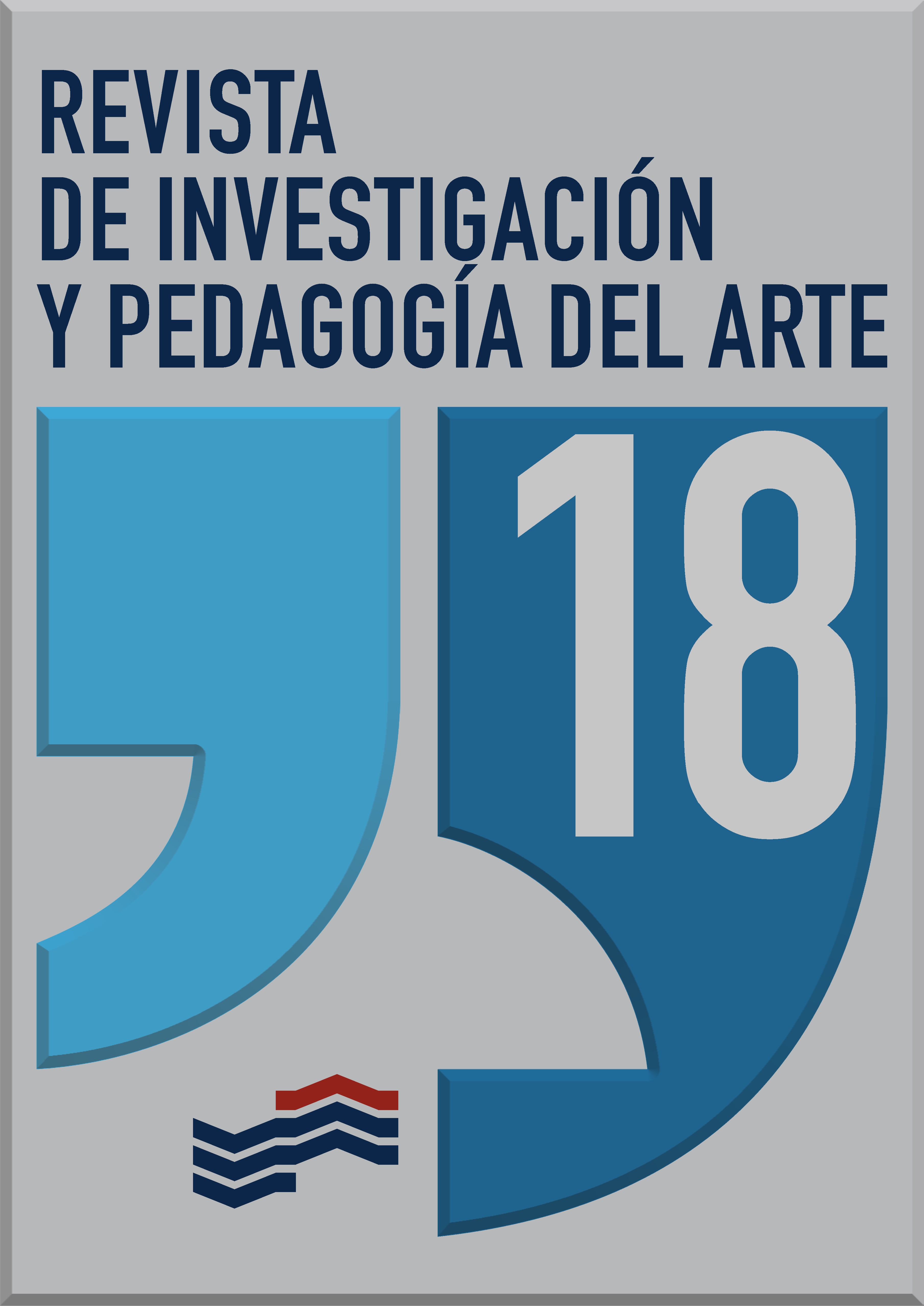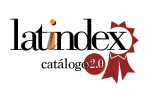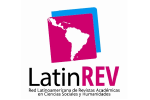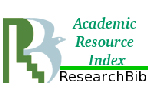Methodology for the digital adaptation of analog activities in the management of forms in space
DOI:
https://doi.org/10.18537/ripa.18.08Keywords:
abstract, analog, composition, form, hybridAbstract
The present study outlines the dual process of teaching and learning in higher education settings, specifically in the initial course of the subject "Projects" for the Architecture degree, during the COVID-19 era. The academic content is supported by the basic relevant theories of form: perception, planes, volumes, organization, and space. This cognitive development in composition and motor skills has its genesis in the abstract analysis of artistic works for the search, exploration, construction, deconstruction, transformation, and organization of the manual compositional product as a predecessor of the project. The results demonstrate multiple analog solutions accompanied by light and shadow, according to the individual perceptions of the students, proposing from this initial level a critical practice that stimulates the awareness and reflection required by this discipline in this first stage of architectural composition in terms of the use of digital resources, sustainability, and management of forms in space.
Downloads
References
Aguilar Tobin, Mónica del Carmen & Elizalde García, Andrés Abraham (2023). La Sección Áurea en el Arte y el Diseño: Explorando la Armonía Divina en la enseñanza The Golden Section in Art and Design: Exploring Divine Harmony in education. 2, 2023. https://arteentreparentesis.unison.mx/index.php/AEP/article/view/123
Bermejo Jiménez, M. (2023). CATÁLOGO DE SITUACIONES DE APRENDIZAJE PARA TRABAJAR EL NÚMERO ÁUREO Y LA SUCESIÓN DE FIBONACCI EN EDUCACIÓN SECUNDARIA [Universidad de Valladolit]. https://uvadoc.uva.es/bitstream/handle/10324/63441/TFM-G1876.pdf?sequence=1&isAllowed=y
Ciafardo, M. (2020). La Teoría de la Gestalt en el marco del Lenguaje Visual (pp. 75-91). https://sedici.unlp.edu.ar/handle/10915/147751
Clark, R. H., & Pause, M. (1997). Arquitectura: temas de composición. Tercera edición (G. Gili, Ed.).
Corbusier, L. (2001). Mensaje a los Estudiantes de Arquitectura (E. Infinito, Ed.; 10th ed.). http//www.edicionesinfinito.com
Elam, K. (1951). Geometría del Diseño Estudio en proporción y composición. Trillas.
Francisco, J., & Lorente, E. (2001). LA TEORÍA DE LA PROPORCIÓN ARQUITECTÓNICA EN VITRUVIO. Artigrama, 16, 229–256. https://doi.org/https://doi.org/10.26754/ojs_artigrama/artigrama.2001168428
Guarín Salinas, J. M. (2018). Metodologías de diseño arquitectónico: una reflexión histórica para la elaboración del proceso creativo. 1(1), 37-47. https://orcid.org/0000-0002-
Medina, P., Cuomo, C., & Ciafardo, M. (2016). LUZ REPRESENTADA: ¿AMPLIACIÓN O CRISIS DEL TÉRMINO? https://sedici.unlp.edu.ar/handle/10915/56121
Rosales Sánchez, J. J. (2015). Percepción y experiencia. Episteme, 35, 21-36. https://ve.scielo.org/pdf/epi/v35n2/art02.pdf
Vilchis Esquivel, L. del C., Chávez López, C., Juárez Servín, M. de J., Delgado Coellar A. E., & Lezama Galindo, O. (2024). Horizontes de la Transcomplejidad en el Libro Digital (Vol. 1). https://reditve.wordpress.com
Published
Issue
Section
License

This work is licensed under a Creative Commons Attribution-NonCommercial-ShareAlike 4.0 International License.










